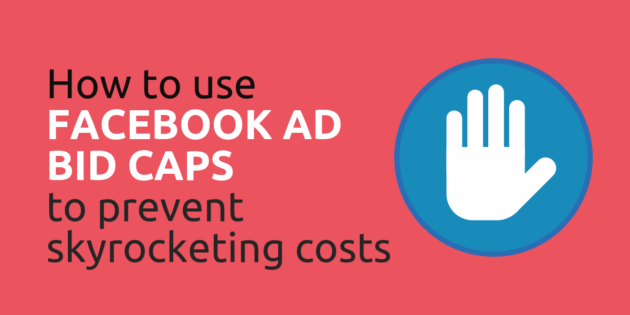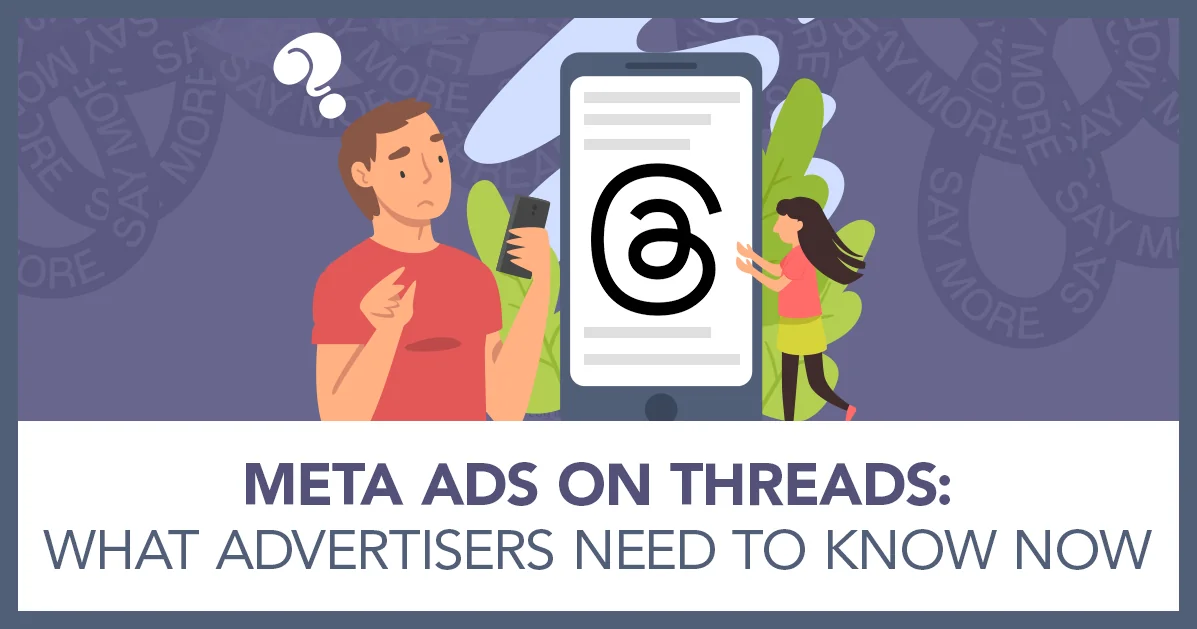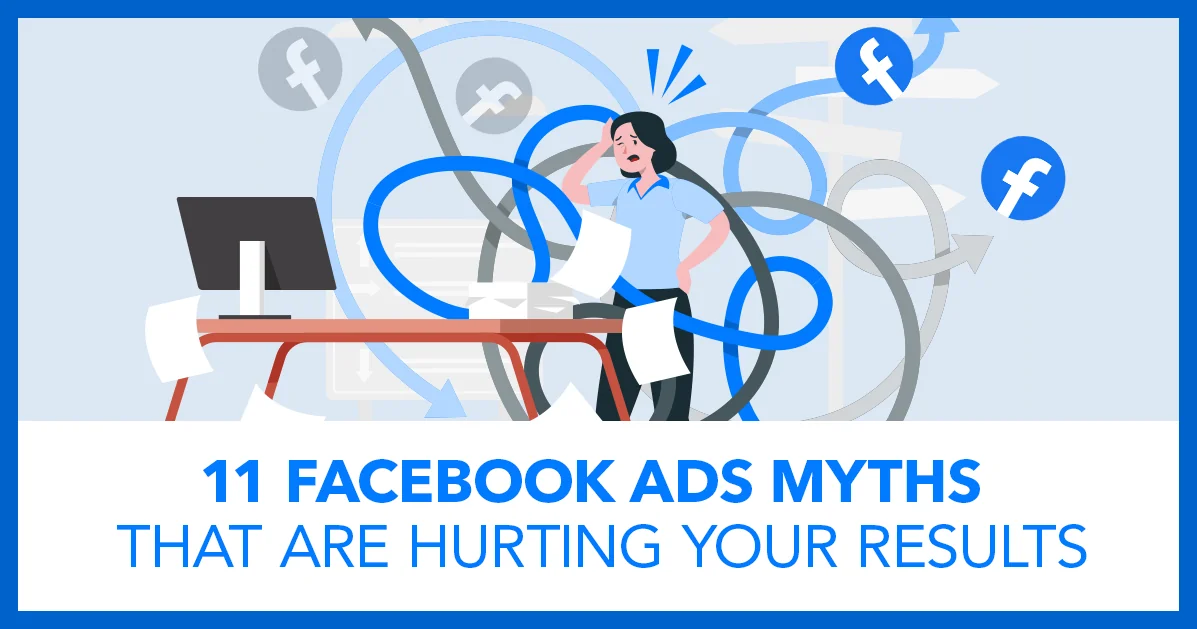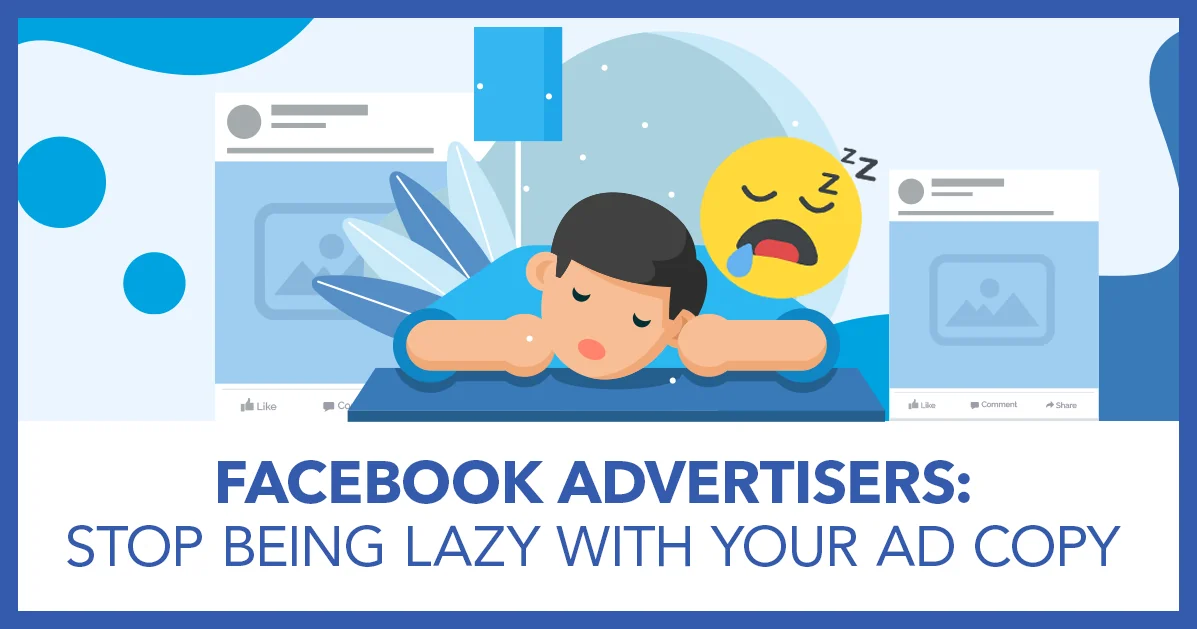
How to Use Facebook Ad Bid Caps to Prevent Skyrocketing Costs
In this article I’m going to show you how Facebook ad bid caps work. But first I need to explain why they are important…
Facebook advertising is a competitive market place. How much your ads cost depends on a number of factors, but one of the most important is the competition.
More Facebook advertisers equals higher costs, particularly for market segments that are highly sought after. This makes sense because Facebook only has so much ad inventory. As demand increases without supply keeping up, prices inevitably rise.
Unfortunately for us advertisers, this means that as Facebook advertising becomes more popular and mainstream, the cost will inevitably increase. That said, Facebook ads are still significantly undervalued in my opinion, and cost less than many alternatives.
It also means that at certain times of the year, costs can skyrocket.
Many dates in the calendar are now very commercial. Whether it’s Valentine’s day, Black Friday or Christmas, many businesses will create holiday specific offers and advertise them.
For example, this screenshot shows the increase in CPM (cost per 1,000 impressions) for black Friday (November 24th) and in the run up to Christmas:
During these times it’s not uncommon for Facebook ad costs to double or even triple. This can catch out a lot of Facebook advertisers.
If your campaigns are ticking along at a 2x ROI, you cannot afford for costs to all of a sudden double.
Bid caps are an effective way to solve this problem.
Facebook Ad Bid Caps
Bid caps are set at the ad set level and instruct Facebook to not bid more than a selected amount for a certain event.
The event that the bid cap applies to, will depend on the objective of your campaign.
If you use the conversions objective and instruct Facebook to optimise for purchases, your bid cap will determine the maximum amount Facebook will bid for a purchase.
On the other hand, if you use the traffic objective, your bid cap will let Facebook know the maximum amount you’re willing to pay for a link click or a landing page view.
Bid Caps Aren’t Guarantees
Setting a £10 bid cap for a lead generation campaign does not necessarily mean you will generate leads for less than £10 each.
If your bid cap is unrealistically low, Facebook simply won’t spend your ad budget.
Bid caps are designed to stop you spending money, when it is no longer profitable to do so.
In general, Facebook campaigns average a lower cost per event at smaller budgets. Therefore bid caps often prevent advertisers from spending their full budget.
When to Use Facebook Ad Bid Caps
Bid caps don’t necessarily reduce your cost per event, but they can prevent them from skyrocketing unexpectedly.
As I’ve already mentioned, the cost of Facebook ads fluctuates regularly and is often inflated in the run up to holidays.
I’ve seen many advertisers’ cost per event double or more for a week or two, because of the increased advertiser activity.
If your business is not well suited to taking advantage of a holiday (nearly all B2B companies) then it may be better for your ads to be bid limited during that time, or not run at all.
Doing so can save you a lot of money and improve your long term ROI – there are more commercialised dates than you think!
How to Use Facebook Ad Bid Caps
Bid caps are very straightforward and are added at the ad set level.
If you’re using campaign budget optimisation then you still need to set a bid cap for each individual ad set.
Navigate to a relevant ad set within Ads Manager, highlight it and click edit.
That will bring up a window that looks like this:
Note: This page will look different if you’re using a different campaign objective.
Scroll down to the Optimisation & Delivery section.
To set a Facebook ad bid cap your need to use the Lowest cost bid strategy.
Lowest cost is the default bid strategy and what the vast majority of Facebook advertisers use.
Beneath Lowest cost, tick the checkbox next to Set a bid cap and enter your amount here:
I would recommend that you start with a bid cap that’s double what you’re actually willing to pay.
That way you shouldn’t throttle your reach too severely. If your initial bid cap is too large, you can always decrease it in a few days’ or weeks’ time.
It’s also important to remember what you’re capping your bid for.
For example, if you’ve selected the reach objective, your bid cap determines what you’re willing to pay per 1,000 people reached.
Whereas, if you’ve selected the conversions objective and you’re optimizing for purchases, then your bid cap refers to your acceptable cost per purchase.
These are likely to be very different numbers.
[feature_box style=”10″ only_advanced=”There%20are%20no%20title%20options%20for%20the%20choosen%20style” alignment=”center”]
FREE TRAINING: 3 Killer Facebook Ads Strategies To Double (Or More!) Your Revenue!
In this free training, I show you 3 Facebook Ads sales funnels I’ve used to repeatedly generate 7+ figures for our clients.
If you want better Facebook Ad results – I strongly recommend you check it out 🙂
[/feature_box]
Conclusion
The cost of Facebook advertising is determined primarily by the amount of advertiser competition.
The number of Facebook advertisers and how much they spend always spikes around certain times of the year such as Christmas and Black Friday.
To ensure that your cost per event doesn’t skyrocket during those times, you can set a Facebook ad bid cap.
This will mostly likely reduce your reach and prevent you from spending your full budget during those times, but that is often preferable to inflated costs.
Your turn. What has your experience with Facebook ad bid caps been? Have they improved your long term Facebook ad ROI? Let us know in the comment section below.







